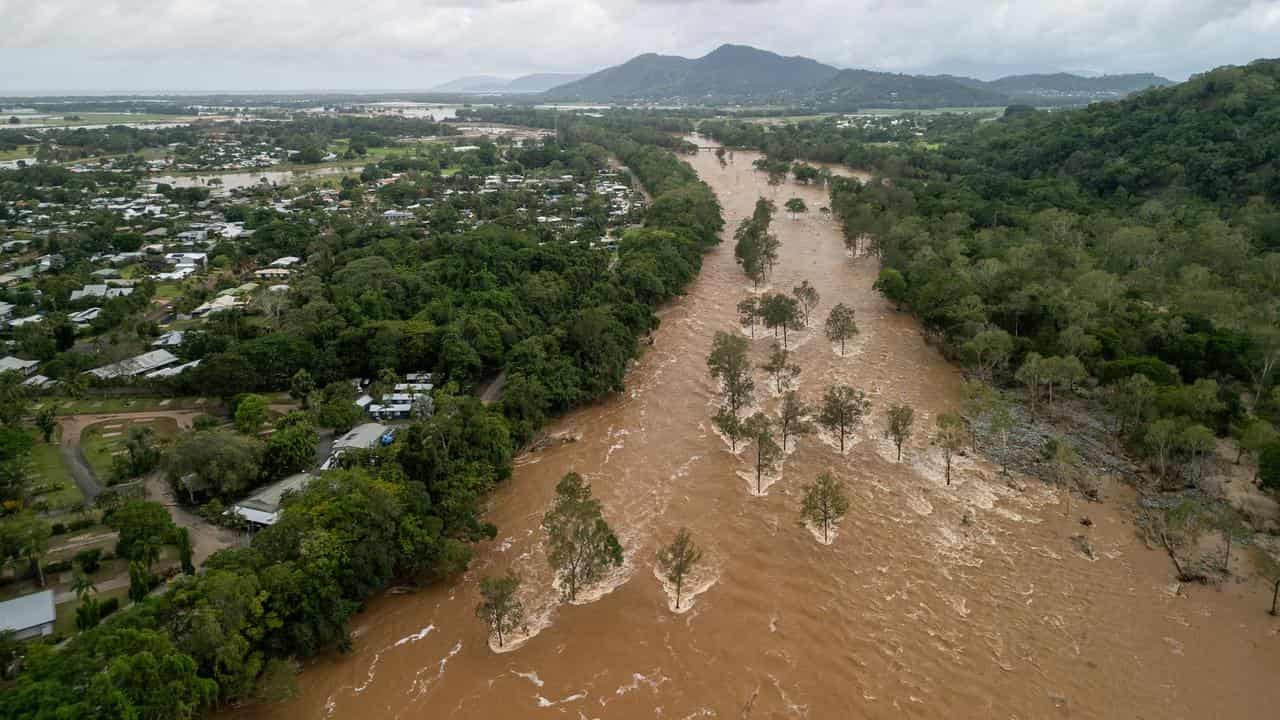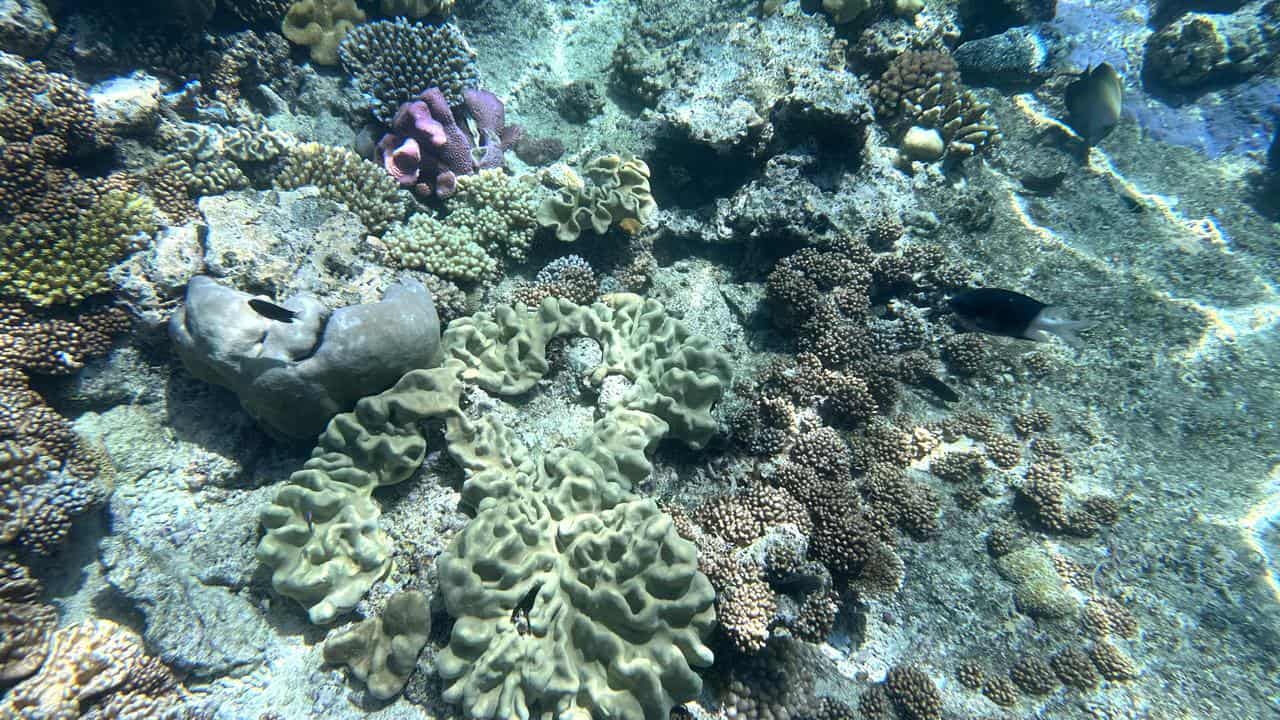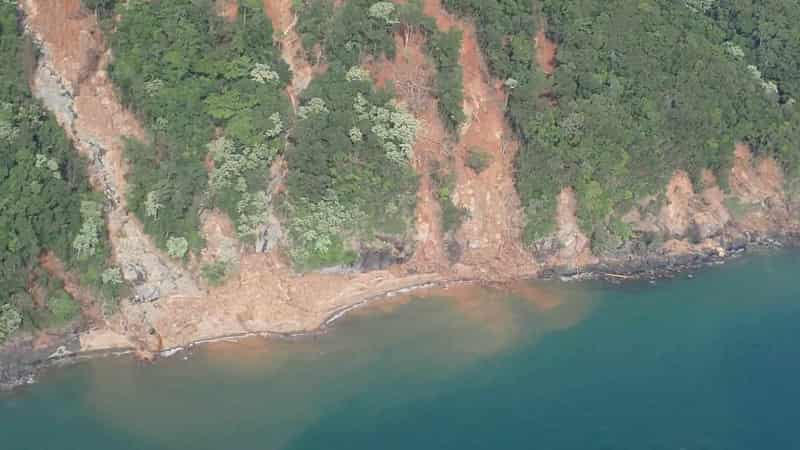
The equivalent of 40 Sydney Harbours in dirty water has impacted the Great Barrier Reef after back-to-back tropical cyclones, a scientist has warned.
Freshwater, dirt, pesticides and fertiliser was swept across 700km of the reef after heavy rainfall from cyclones Jasper and Kirrily, which hit north Queensland within weeks.
The 20,000 gigalitres of floodwaters have proven to be yet another blow for the already vulnerable reef.

Scientists are concerned about the impact, already seeing coral bleaching and damaged seagrass beds which are vital to some fish species, dugongs and turtles.
James Cook University's Jane Waterhouse said some reef areas off the coast of the Daintree River and Cape York already severely damaged by the effects of climate change were now in trouble.
"It is concerning as we haven’t recorded freshwater bleaching in those areas," the JCU TropWATER scientist told AAP.
Only months into the wet season, there are fears more rain and flooding will fuel more damage.
"There are concerns that we’re not out of the woods yet," Ms Waterhouse said.
Ms Waterhouse said flooding events were damaging the reef during the periods it traditionally recovered.
"We’ve seen flood events before but it has been relatively quiet for us in terms of flood runoff in recent years, so this water quality event between bleaching events is concerning," she said.

Increasing marine heatwaves and weather events such as cyclones and flooding forecast a dire future for the reef.
“The cumulative impact is unprecedented and deeply concerning," Ms Waterhouse said.
"The true extent of the long-term impact remains largely unknown."
Ms Waterhouse said continuing to monitor water quality in the reef with the support of government funding would help.
Other measures include managing erosion and monitoring the use of pesticides and fertilisers.
"We can’t control all of the runoff but at least we will have minimised the impact," she said.









